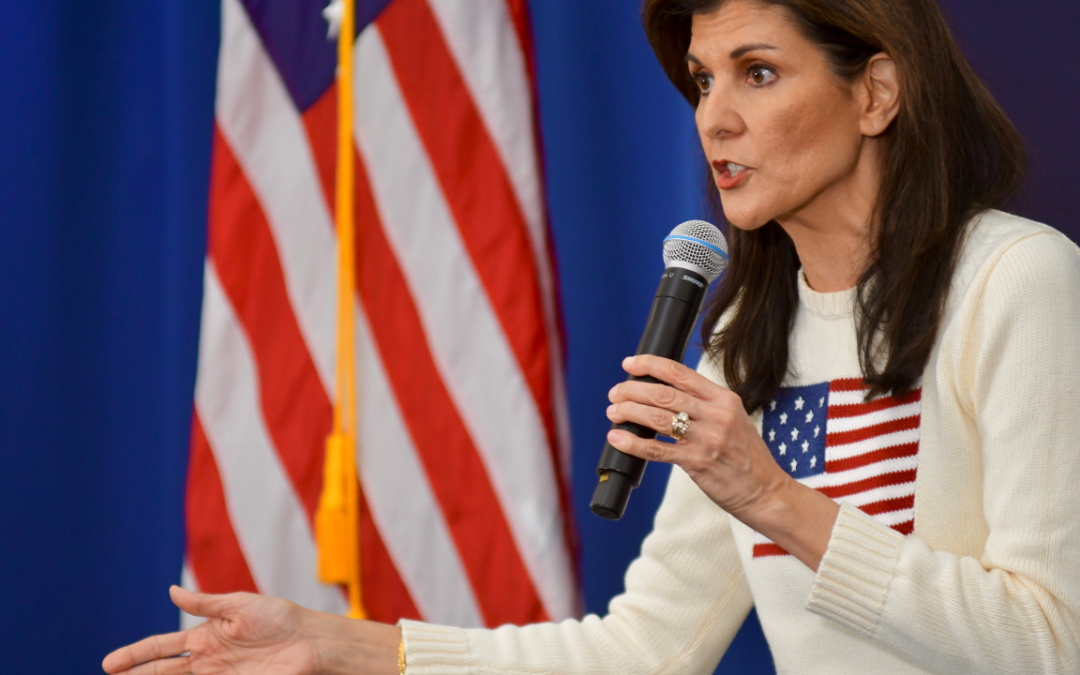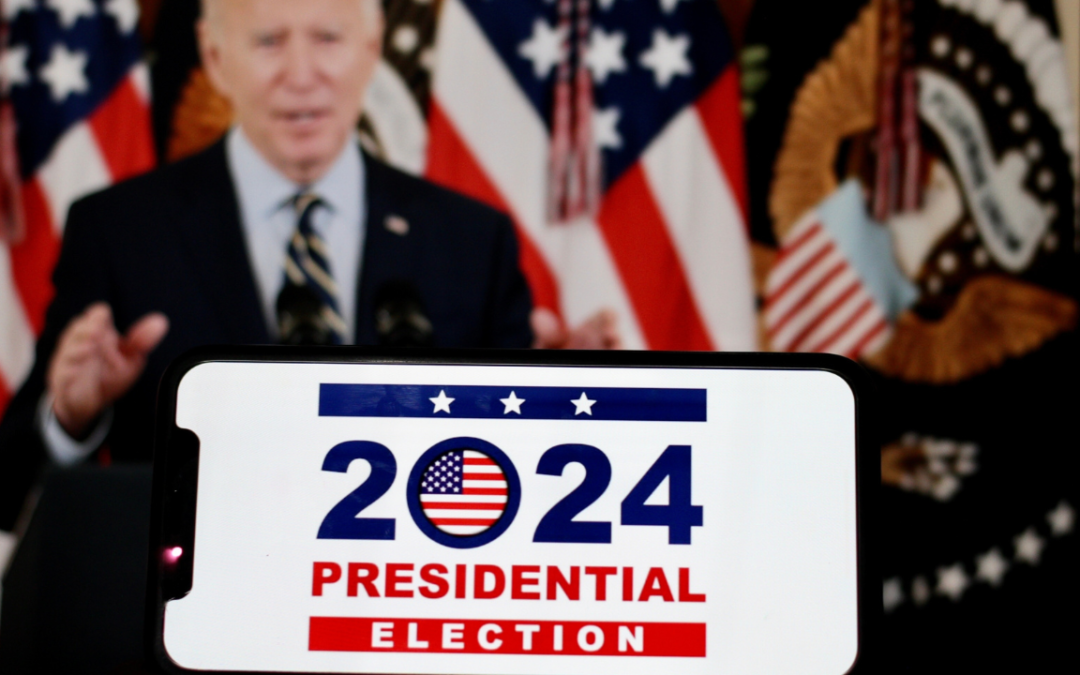The banking crisis refuses to go away.
Late the last week, concerns shifted to Germany’s iconic Deutsche Bank, whose share price plunged nearly 15% on Friday, prompting a rare public display of support from German Chancellor Scholz. Equally unnerving was a spike in Deutsche Bank’s credit default swaps, which are instruments akin to insurance against the bankruptcy of the German banking giant.
Meanwhile, the Federal Reserve reported the largest ever weekly usage of its discount window by member banks, surpassing even the peak levels of the 2008 global financial crisis. That’s a strong indication that US depositors, above all at small- and medium-sized banks, remain concerned about the safety of their money. Contributing to those concerns was the admission by Treasury Secretary Yellen in her Congressional testimony that the US Treasury, the Federal Deposit Insurance Corporation, and the Federal Reserve are not yet ready to issue blanket insurance for all depositors. That’s understandable, insofar as such action would require Congressional authorization – but it was still a sobering message for the markets.
Meanwhile, following a 50-basis point rate hike from the ECB ten days ago, the Federal Reserve increased rates by 25 basis points last week. The hike was seen by most observers as smaller than would have been the case had banking strains not emerged. And given the fact that US core measures of inflation are more than twice the Fed’s target level, some observers are questioning whether the Fed can simultaneously achieve its inflation and financial stability mandates.
Indeed, in some quarters (particularly among fans of cryptocurrencies) a degree of fascination—bordering on Schadenfreude—has emerged about whether the Fed is losing control over the money supply and inflation in its efforts to combat the banking crisis.
That’s unlikely. Metaphorically, the Fed can walk and chew gum at the same time. It can support fragile banks without sacrificing its inflation goal.
To see why, during periods of financial stress it is useful to think about the Fed’s balance sheet not as independently determined by the Federal Open Market Committee, but rather as a reflection of money demand. The bump in Fed assets over the past few weeks (its balance sheet has expanded since mid-March from $8.3 trillion to $8.7 trillion) reflects the Fed’s efforts to match surging money demand by nervous depositors, not a return to quantitative easing (QE) aimed at stimulating the economy.
A more pedantic way to think about this is to recall the quantity theory of money, where the stock of money (“M”) multiplied by its velocity of circulation is equal to nominal GDP. When depositors withdraw money from their bank and hold it (proverbially under the mattress), money velocity slumps. The appropriate policy response is to increase M proportionally, to keep nominal GDP stable. In that sense, the Fed’s lender-of-last resort function is boosting its balance sheet to accommodate higher money demand. It is therefore consistent with its inflation goal, not at odds with it.
While theoretically correct, the preceding may not be a complete description of what is happening. Many depositors may not be hoarding money, but rather re-allocating it to the perceived safety of bigger banks or moving it into higher yielding money market accounts. Might those factors change our analysis?
Yes, somewhat, but they do not change the primary conclusion, namely that the Fed is not about to lose the battle against inflation to win the war of the banking crises.
To see why, it is useful to consider a simple framework, which I dub the tale of two banks.
Suppose there are only two banks in the US, a medium-sized one experiencing deposit outflows, which we’ll call ‘Dodgy Bank’, and a stable behemoth (underpinned by an implicit guarantee of all deposits as a ‘systemically important bank’, or SIB), which we’ll call ‘Big Bank’.
Now, assume that Dodgy Bank experiences rapid deposit withdrawals, with half going into cash under the mattress and half redirected to Big Bank.
To prevent the failure of Dodgy Bank, the Fed lends to it via the discount window. That way, Dodgy Bank has enough reserves to meet depositor demands.
The reserves that are used to satisfy cash withdrawals from Dodgy Bank mean that half of the Fed’s discount window loans are offsetting a demand for cash. Money supply has risen proportional to the fall in money velocity, so nominal GDP is unchanged.
But the other half of the injection of Fed reserves into Dodgy Bank supports deposit reallocation from Dodgy Bank to Big Bank. Moreover, Dodgy Bank does not have to curb its lending, much less recall loans, because it has all the cash it needs from the Fed to meet withdrawals.
However, Big Bank now has rising deposits and rising reserves. It can make new loans or park the cash in securities, including US Treasuries or mortgaged-backed securities (MBS).
Accordingly, unless the Fed’s injection of reserves is accompanied by efforts to reduce the risky lending or investment practices of Dodgy Bank, the net effect could be more lending and spending in the economy, and/or increased liquidity flowing into asset prices. It is possible, therefore that the Fed’s balance sheet expansion (via its discount window lending) could prove to be inflationary.
This framework yields a better insight into potential outcomes than the quantity theory of money approach, because it considers the substitution of bank deposits between failing and healthy banks.
But to return to the earlier point, this need not result in resurgent inflation, nor does it mean the Fed must choose between the lesser evil of stabilizing banks or lowering inflation.
That’s because there are good reasons to believe that Dodgy Bank will, in fact, be forced to shrink its balance sheet owing to depositor outflows. After all, the Fed’s the lender of last resort is an emergency measure, not a permanent replacement vehicle for flighty deposits.
Banks, like Dodgy Bank, that fund themselves at the discount window will be forced to shrink their lending and investment, and they might eventually be wound down. In that regard, the presumed ‘excess reserves’ created across the banking sector by the Fed’s actions are apt to be smaller than appears at first glance.
And, of course, the Fed ‘giveth’ and the Fed can ‘taketh’ away. Should the substitution of deposits create excessive reserves, lending and securities purchases in the banking system, the Fed can offset it via ‘open market operations’, namely selling bonds to ‘Big Bank’, and withdrawing reserves from the system.
As for shifts into money market funds, they do not have the transactions facility of cash or bank deposits. They central bank, in other words, need only monitor bank reserves, not the size of money market funds, when it considers whether too much money might be leading to too much inflation.
In sum, a banking crisis is no joke. It must be taken seriously. Neither the economy nor the Fed can operate if banks are failing.
But a banking crisis does not mean that the Fed is forced to choose between its objectives. The tools of monetary policy and the mechanics of the banking system more than enable the Fed to walk and chew gum at the same time.



